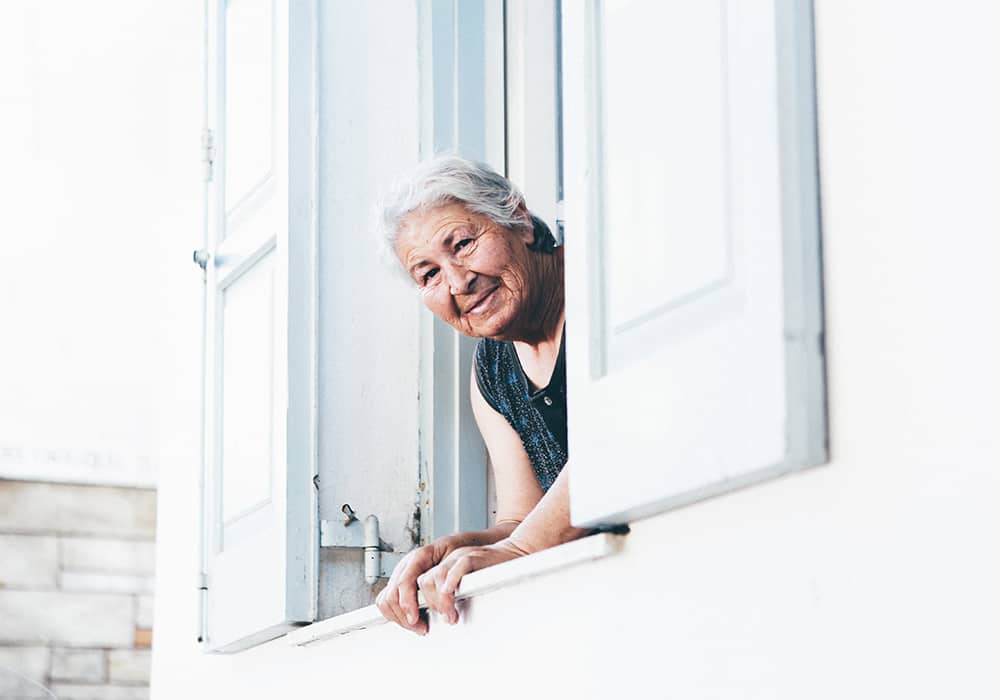The U.S. population continues to age, with the baby boomer generation now the largest retirement age generation ever. By 2035, one in three heads of households will be someone age 65 and older. The American population will have one in five people age 65 or older, an increase of 30 million people over the next thirty years. Not all people in this group have recovered from The Great Recession, leaving them with lower incomes and homeownership rates than previous generations. As our population ages, the demand for affordable housing connected to accessible services will continue to increase, and many will find their own homes the only affordable option.
90% of homeowners approaching retirement plan to “age in place” in their own homes, according to a 2018 survey by AARP. Although survey respondents say they plan to stay in their own homes, only half think they’ll be able to stay until the end of their lives. Other findings include:
- 36% plan to modify their homes to enable them to age in place
- Bathrooms and entryways are the most likely modifications
- 32% were willing to share their home with others to stay, 29% said they were not.
Aging in place takes planning
While you never know what your needs may be as you age, the first step is thinking about what help you may need in the future. Do you have health issues now, or does your partner? Will there be a progression of your illness over time requiring special care or modification of your home? Health problems can make it hard for someone to care for themselves as they age.
You can get almost any type of care at home-but at a cost. Check into home health care in your area and include health care costs (including long term care) in your financial planning. Health care is one of the highest expenses in retirement, especially as health issues arise. On a broader definition, aging in place means living independently in a home that is right for your needs. That definition may mean down-sizing to a smaller home, living in an assisted living facility, or a long-term care facility. Aging seniors may choose to live near or with family members. Common concerns of aging seniors include:
- Personal care
- Household chores
- Money management
- Meals
- Healthcare
- Getting around/transportation
- Staying active and maintaining friendships




